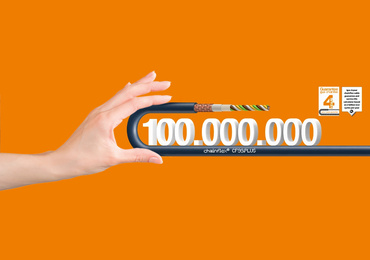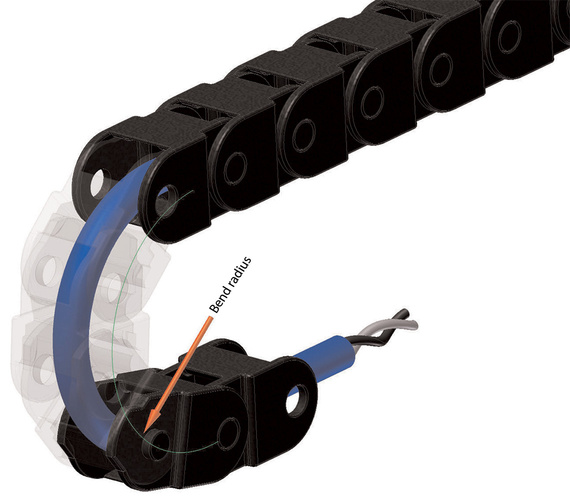After selection of your ZIP code, we designate the relevant staff to attend to you at once.
After selection of your ZIP code, we designate the relevant staff to attend to you at once.



In cryogenic applications, thermoplastic cables can stiffen in the cold, potentially causing mechanical errors. Using cables with PUR or TPE jackets is recommended for low temperatures. For space-constrained applications, if the cable carrier radius must be smaller than the recommended minimum bend radius, use cables designed for low bend radius installations. The igus chainflex range offers durable cables suitable for demanding environments.

The areas of application for cables with tight bend radii are diverse. They are particularly needed in applications where flexible and dynamic movements must be carried out in the smallest possible installation space. For example, they are used in the semiconductor and assembly industry, the automation industry, as well as in the automotive and banking sectors. New application possibilities arise in automatic doors for vehicles and trains as well as in automatic self-service food vending machines and the packaging industry.



_135x135.jpg)
Monday to Friday from 8:30 am - 5:30 pm.
24h